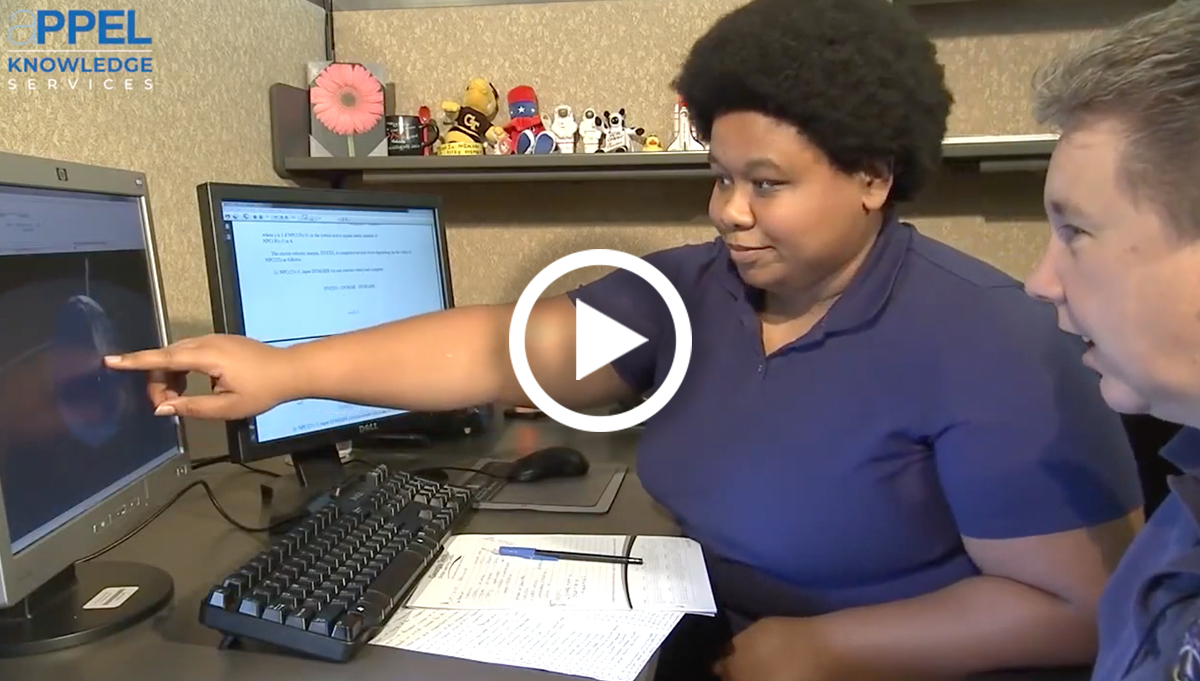A project team’s performance can improve if their project manager stays clear-sighted and communicates how project goals connect with their organization’s goals.
Cathy Richardson, the Deputy Director of the Flight Projects Directorate at Goddard Space Flight Center, tells a story of when she was project manager working on the Thermal Infrared Sensor. The story explains how Richardson and her team remained focused and were able to develop an instrument in 3.5 years when independent estimates said it would take 4.5 years for development. She explains how the team was managed and organized to get the work accomplished on time.
Video key learning points:
- 1.
In order to accomplish the compressed schedule, all testing was examined, and the amount of risk was calculated for cutting any testing. One test was chosen to be cut as it would pose little risk to the project, and this saved one month of schedule for the instrument development.
- 2.
Since schedule was the main challenge to the development of the instrument, Richardson asked for 40 percent cost contingency budget at the beginning of the project to do parallel path development and spend money up-front to protect schedule.
- 3.
The schedule-first emphasis had to be continuously communicated with engineers, so they understood its importance and priority to the project’s success.
- 4.
On TIRS, project leaders visited organizations that were building and made sure that the focus on schedule remained paramount.
Related Resources
NASA APPEL KS Tactical Skills for Creating High Performance Teams
NASA APPEL KS Article: Academy Infographic: LDCM’s Instrument Heritage
VPMC: 7 Habits of Highly Effective (NASA) Project Managers (full video)









